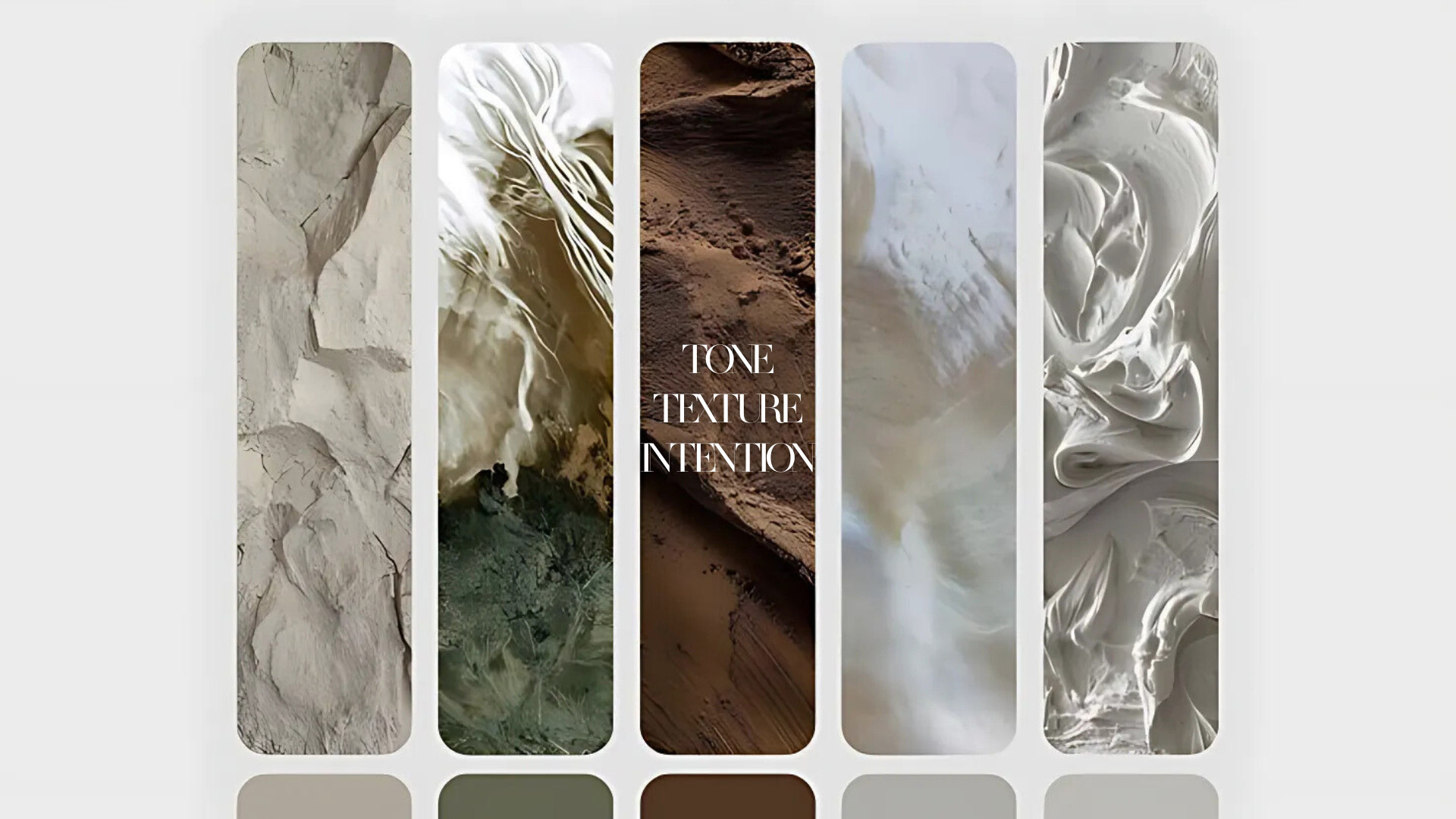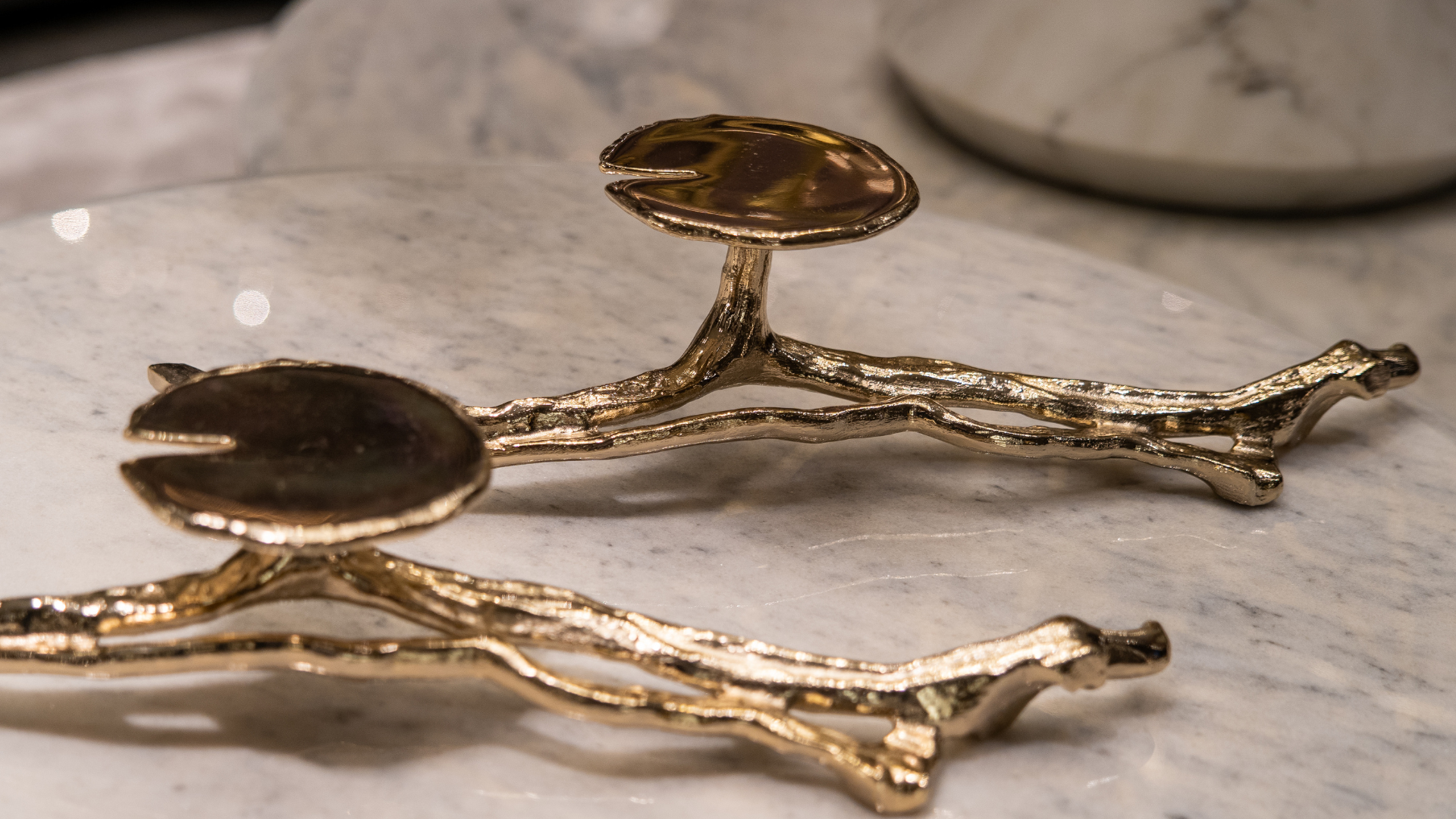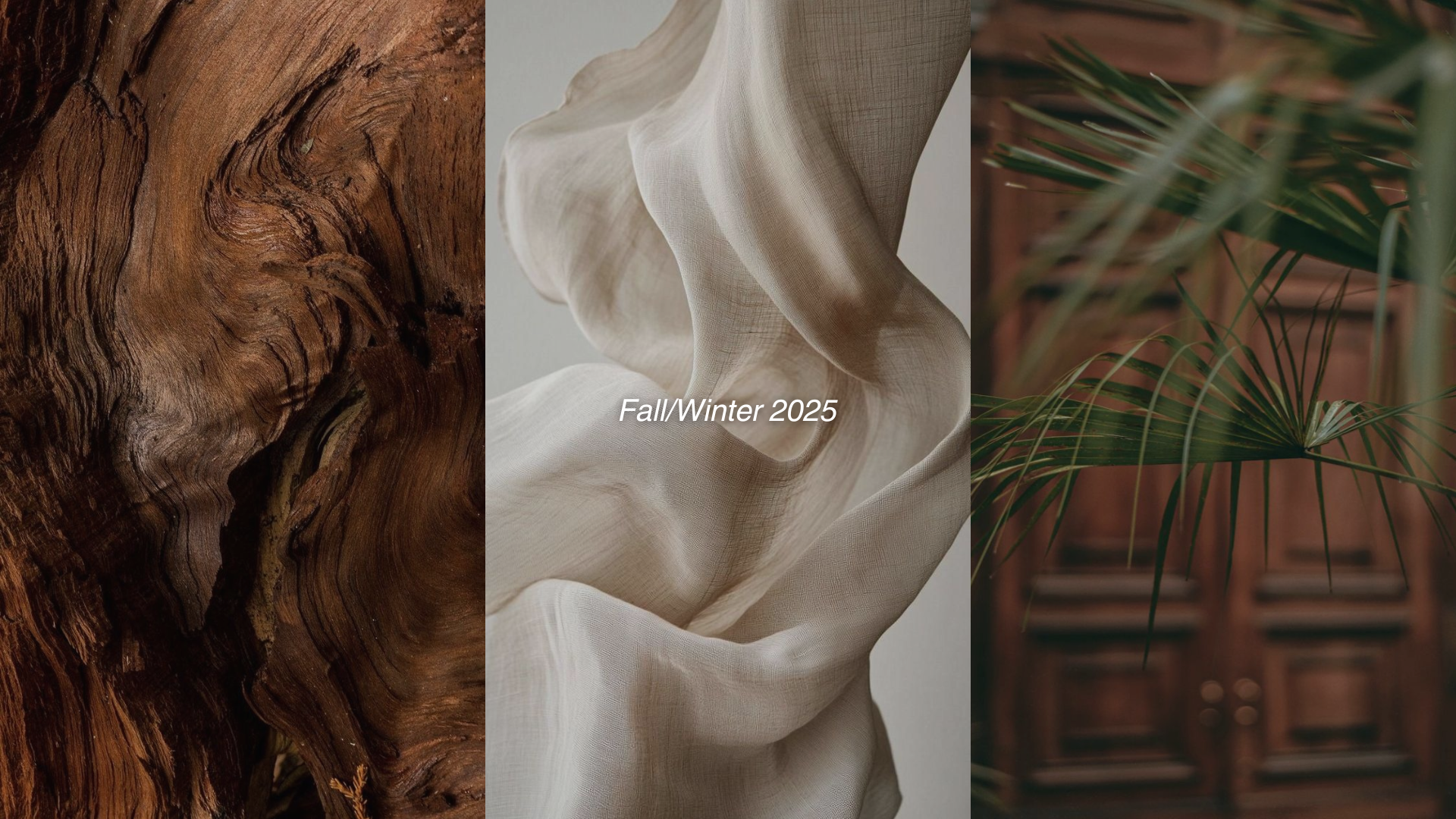
Tone, Texture, Intention: The MAEVE Styling Method
Styling is often mistaken for the final touch, a layer added after the design is done. But at MAEVE, styling is the soul of the space, feeling, and quiet confidence. The way we compose a room says everything about how we want to live in it. Our approach is rooted in three pillars: tone, texture, and intention. Together, they create spaces that are not only aesthetically elevated, but emotionally grounded.
Before objects, before color, before function, there is tone. The atmosphere of a room begins with this invisible layer. It’s how we want the space to make us feel: calm, focused, soft, warm, structured. For us, tone is often defined by material first. Stone, glass, metal, ceramic, each brings a specific emotional weight. Paired with a restrained palette, these materials create interiors that speak quietly, but confidently. Setting tone isn’t about being neutral, it’s about clarity.
If tone defines emotion, texture makes it tangible. Texture invites interaction. A brushed surface, a rippled ceramic, the quiet grain of marble, these are not background details. They are part of the experience.
At MAEVE, styling often plays with contrast: rough against smooth, natural next to sculpted, warm beside cool. The goal isn’t complexity, it’s depth. When done well, texture gives a space memory. It lingers in the mind, even when the room is still.
There’s a difference between decoration and composition. In our world, every object is chosen with purpose. Whether it’s the sculptural weight of the Nelumbo, the architectural form of the Vivit, or the clean silhouette of a neutral tray, each piece contributes to a larger harmony.
Styling is not about more. It’s about enough. We embrace empty space, letting objects breathe, giving weight to what remains. Sometimes, the most powerful gesture is restraint.
The MAEVE Styling Method doesn’t follow rules, it follows feeling. It builds spaces that are quiet yet full of life. Where the dialogue between tone, texture, and intention creates rooms that don’t just look designed, they feel lived in, slowly and beautifully. To style is to listen. To the room, to the material, to the emotion. And in that silence, design finds its voice.











